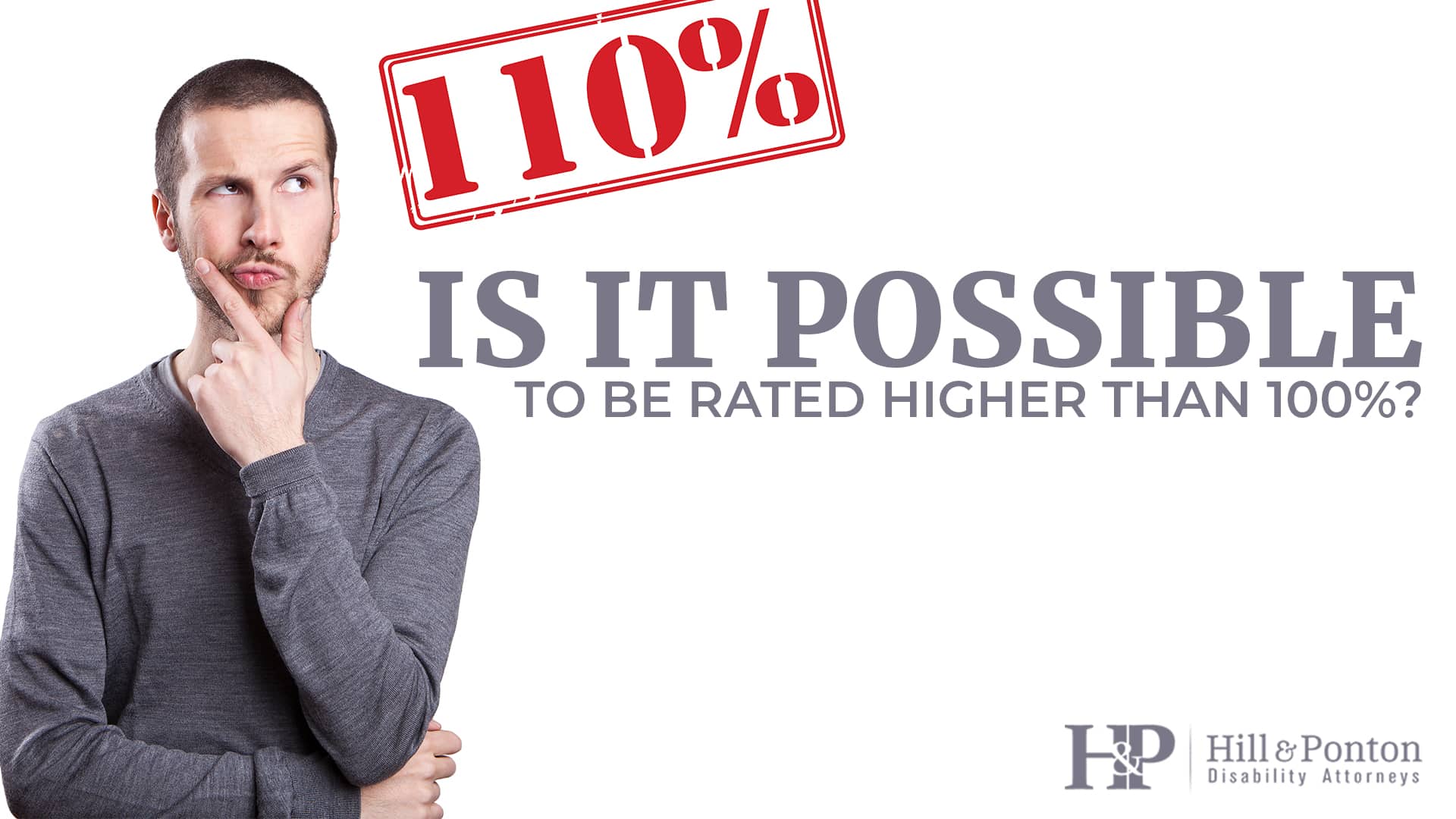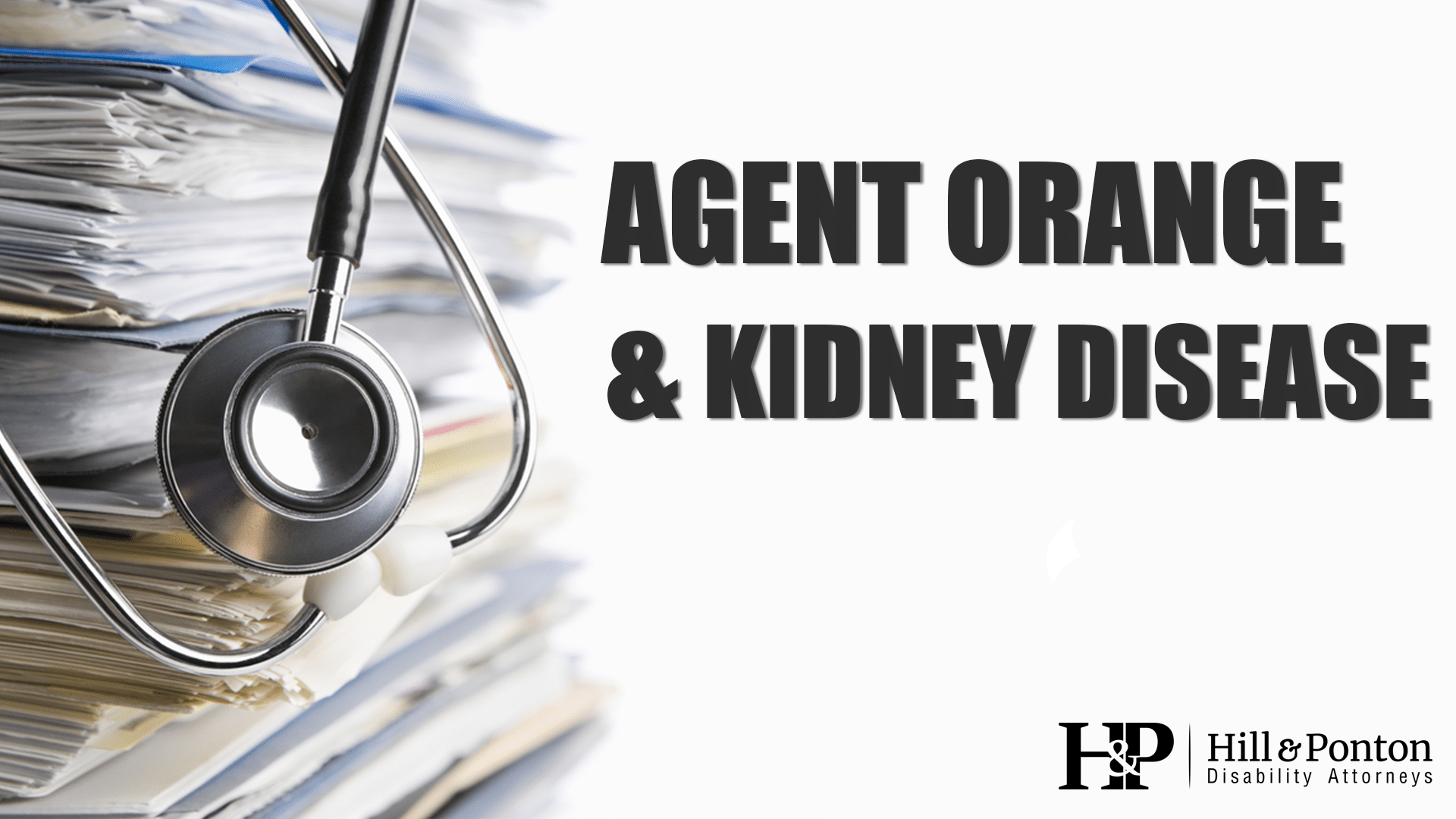There are a number of reasons that veterans struggle to get the benefits to which they are entitled. Some of these reasons are benign, while others appear to be due to a combination of VA incompetence, indifference, or the failures of an overburdened system. Sometimes, however, the problem is that VA does not always do a great job of letting veterans know what kind of benefits are available to them.
The purpose of this blog is to provide a brief overview of the VA benefits system and how claims for benefits work. The Department of Veterans Affairs has two major functions: Veterans Healthcare Administration (VHA) and the Veterans Benefits Administration (VBA). VHA provides health care through more than 1500 sites, including hospitals, clinics, community living centers, and readjustment counseling centers.
VHA provides care to
- Veterans of active military, naval, or air service who were discharged or released under conditions other than dishonorable and to
- Reservists and National Guard members who were called for and served active duty by a Federal order
The VHA assigns veterans to priority groups in order to balance out the demand for healthcare with the available resources. These groups range from Group I—veterans who are more than 50% disabled by disabilities which are related to service—down to Group 8—which includes veterans who are not service connected for any disability and have household incomes above the poverty threshold who agree to pay copayments for care
The other arm of the VA, the VBA, provides benefits and compensation to veterans and their dependents. The benefits provided by the VBA include:
- VA Pension Benefits
- VA Vocational Benefits
- Section 1151 benefits
- Readjustment Benefits
- Dependency and Indemnity Compensation
- VA Disability Compensation Benefits
Pension is a need-based program for veterans who are permanently and totally disabled. The program is designed to supplement the income of these disabled veterans. To be eligible for a VA pension, the veteran must meet certain criteria:
- Discharge under other than dishonorable conditions
- Active duty service for more than 90 days with at least one of those days being during a period of war (or at least one day of wartime service resulting in a discharge for a service-connected disability)—if the veteran enlisted after September 1980, the veteran must also have completed a minimum period of service (24 months or the “full period for which [the veteran] was called or ordered to active duty”
- Limited income and net worth.
- Age 65 or older OR total and permanent disability not due to willful misconduct (need not be a service connected disability)
VA Vocational Benefits include vocational counseling and rehabilitation, employment services such as job-training and resume development, assistance finding and keeping a job (including special employer incentives and job accommodations and on-the-job training)
Section 1151 Benefits are benefits for persons who are disabled by treatment or vocational rehabilitation which has been provided by VA. A claim for this type of benefits is akin to a medical malpractice claim against the VA.
Readjustment Benefits are provided for veterans who served in a combat zone and for their families. Readjustment counseling offers social services in an effort to transition from the military into civilian life. This counseling can include individual or family counseling, military sexual trauma counseling, substance abuse assessment and referral, bereavement counseling and more. Vet Center readjustment counseling services are prepaid through military service.
Dependency and Indemnity Compensation (DIC) Benefits are benefits for dependents upon the death of a disabled veteran. These dependents include the surviving spouse, dependent parents and/or unmarried children under the age of 18 (23 if enrolled in school). DIC benefits are available where the veteran’s death was caused by a service connected condition or if a service-connected disability contributes substantially to the veteran’s death. DIC benefits are also available where the veteran died on active duty, or where the veteran was totally disabled by service connected disabilities for ten years prior to his death.
And, finally, the VBA provides VA Disability Compensation Benefits. A claim for this type of benefits is sometimes referred to as a claim for service connection or service-connected benefits. The threshold requirements for entitlement to disability compensation are:
- Discharge under conditions other than dishonorable
- Active duty service
- Disability occurring in the line of duty
Once the veteran meets the threshold requirements the next question is whether the disability meets certain criteria. To establish service connection for a disability, the veteran must show:
- A current disability
- An incident during service, i.e., an injury or disease in service, a trauma or exposure to chemical, etc.
- A medical nexus or link between the current disability and the event during service, in other words, medical evidence that the current condition is “as likely as not” related to the in-service event/injury/disease. Proving this nexus or link is often the most difficult part of a claim for disability compensation.
In spite of the frustrations inherent in operating in the VA system, the system is intended to help veterans, and there are many benefits available to them. It’s important to know what is out there, so that you can get the benefits you deserve.



